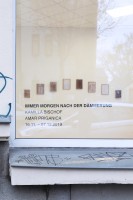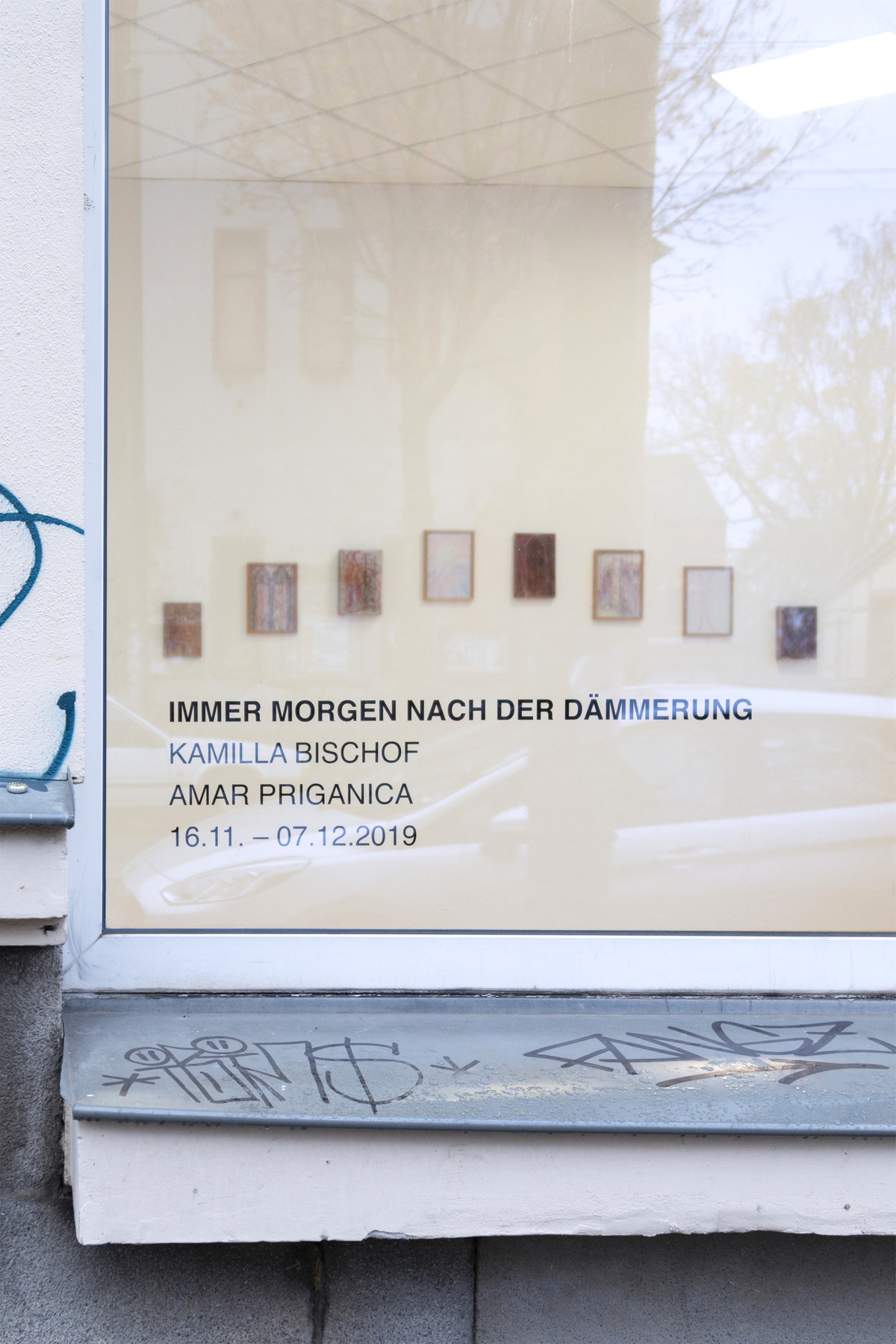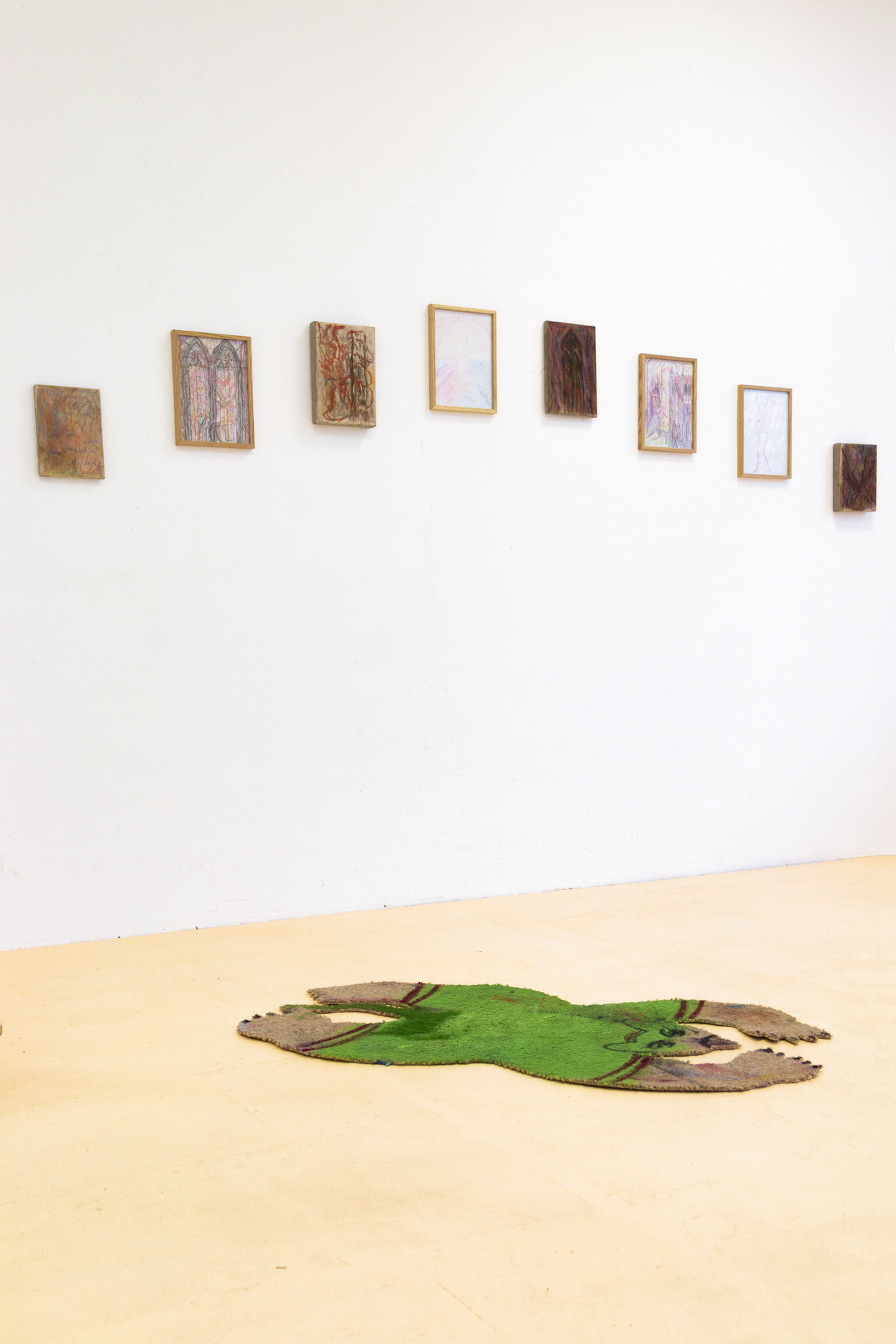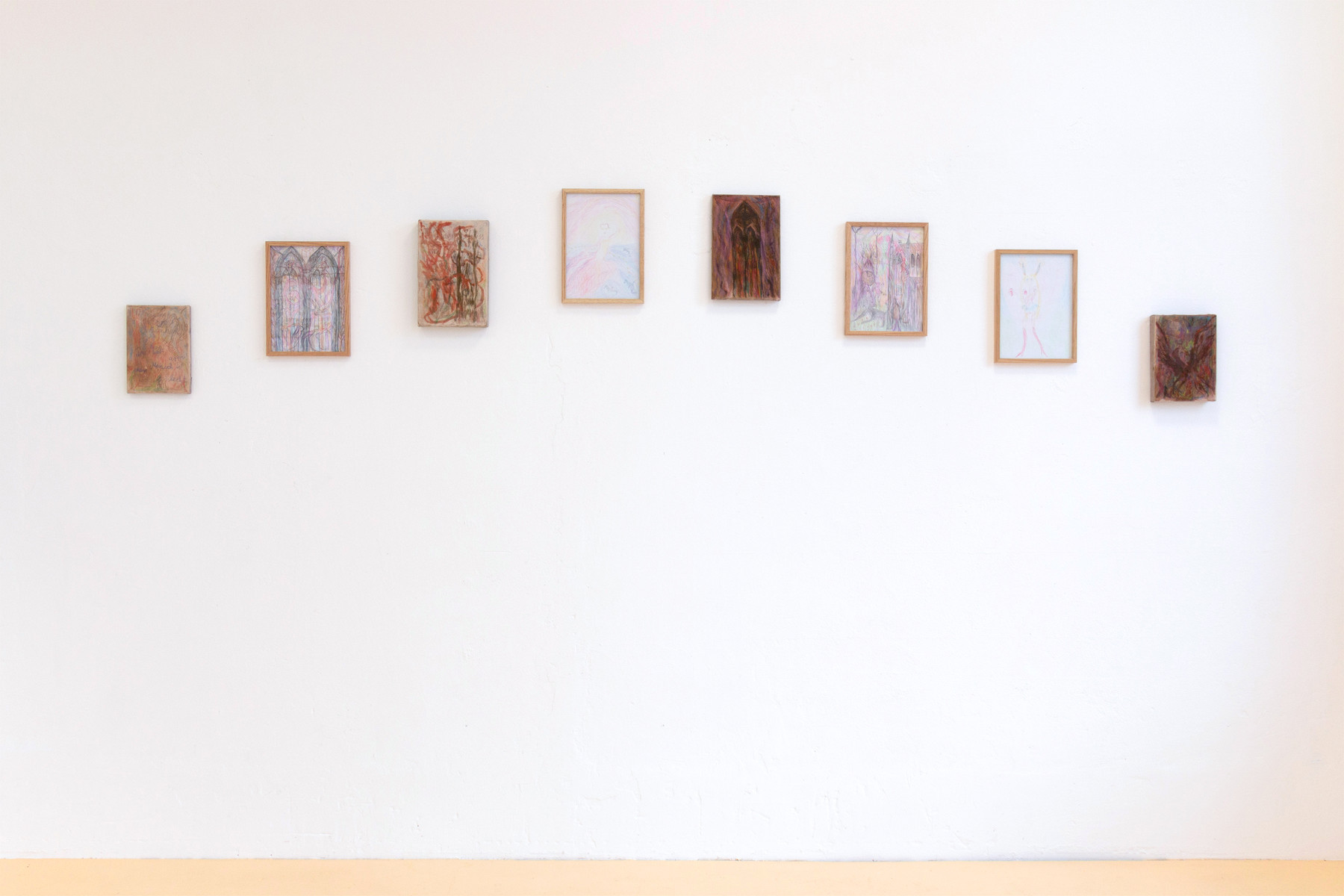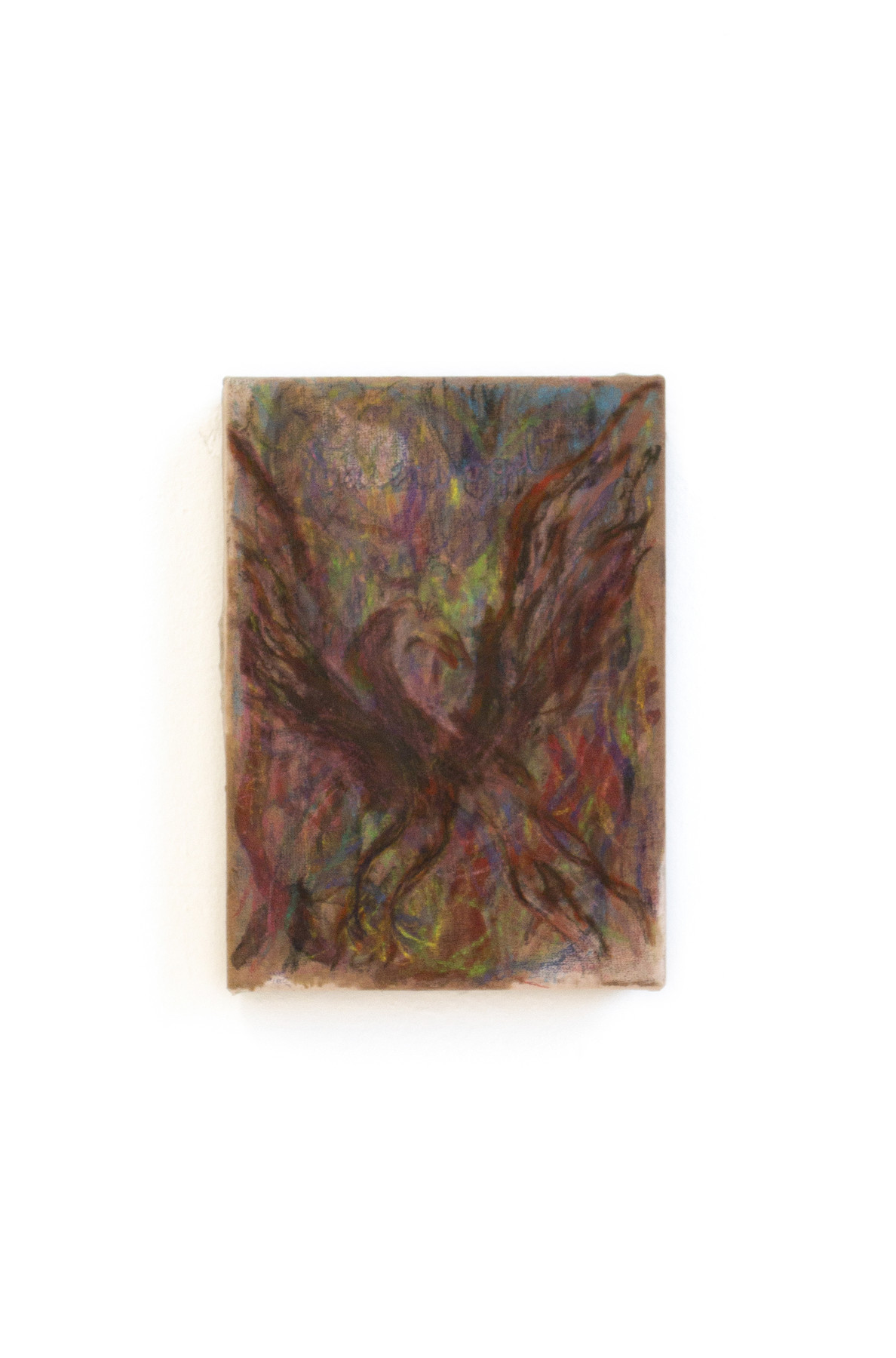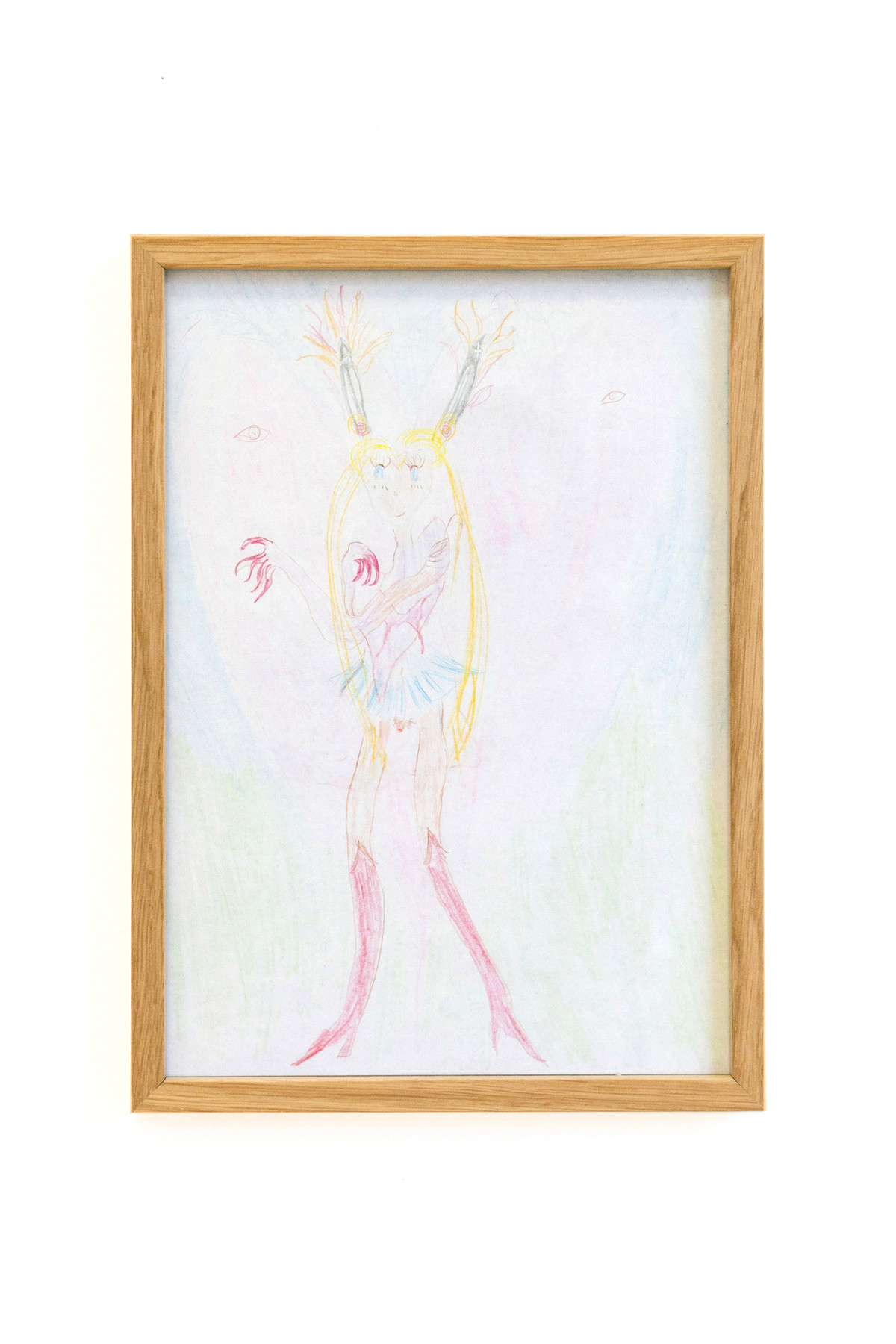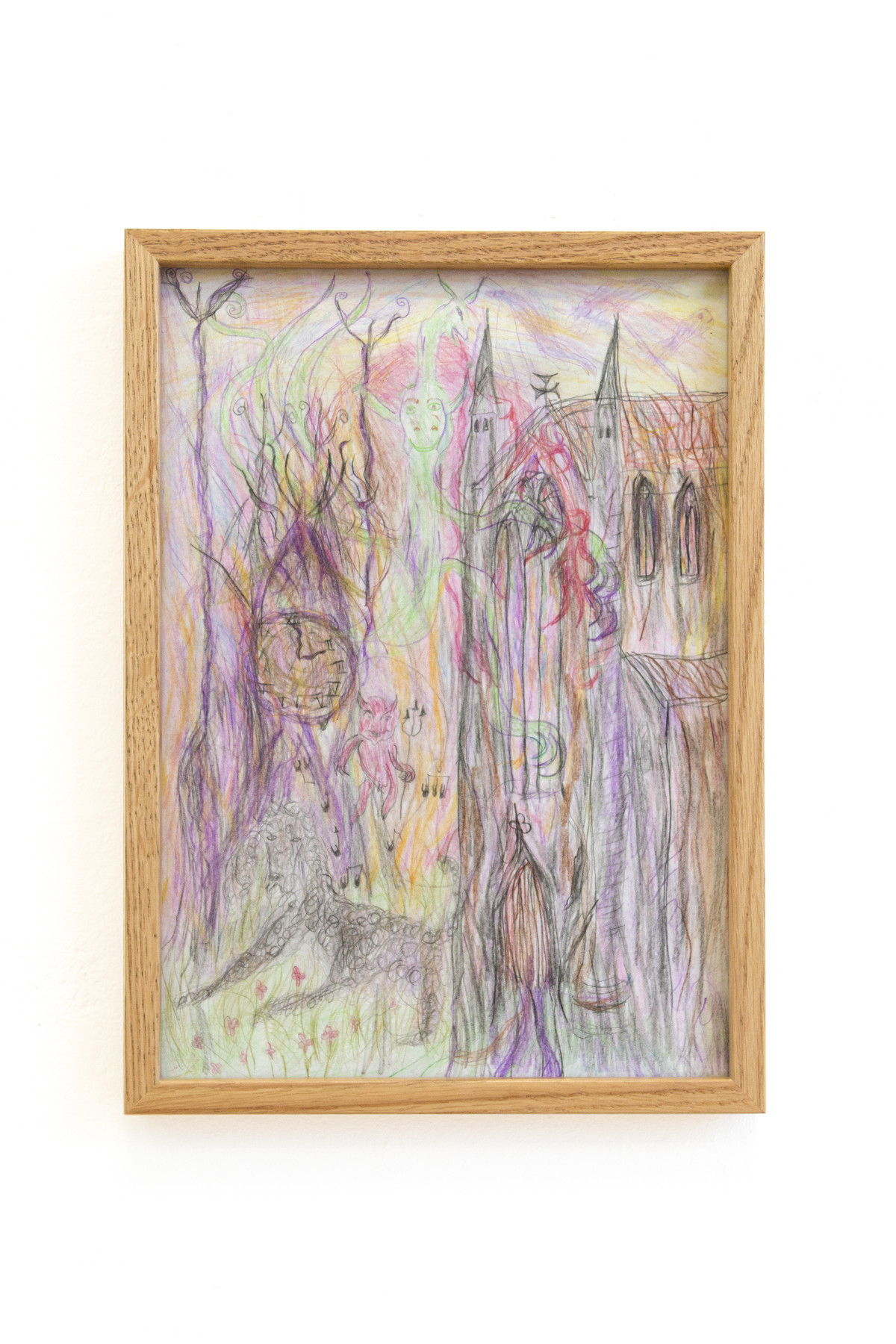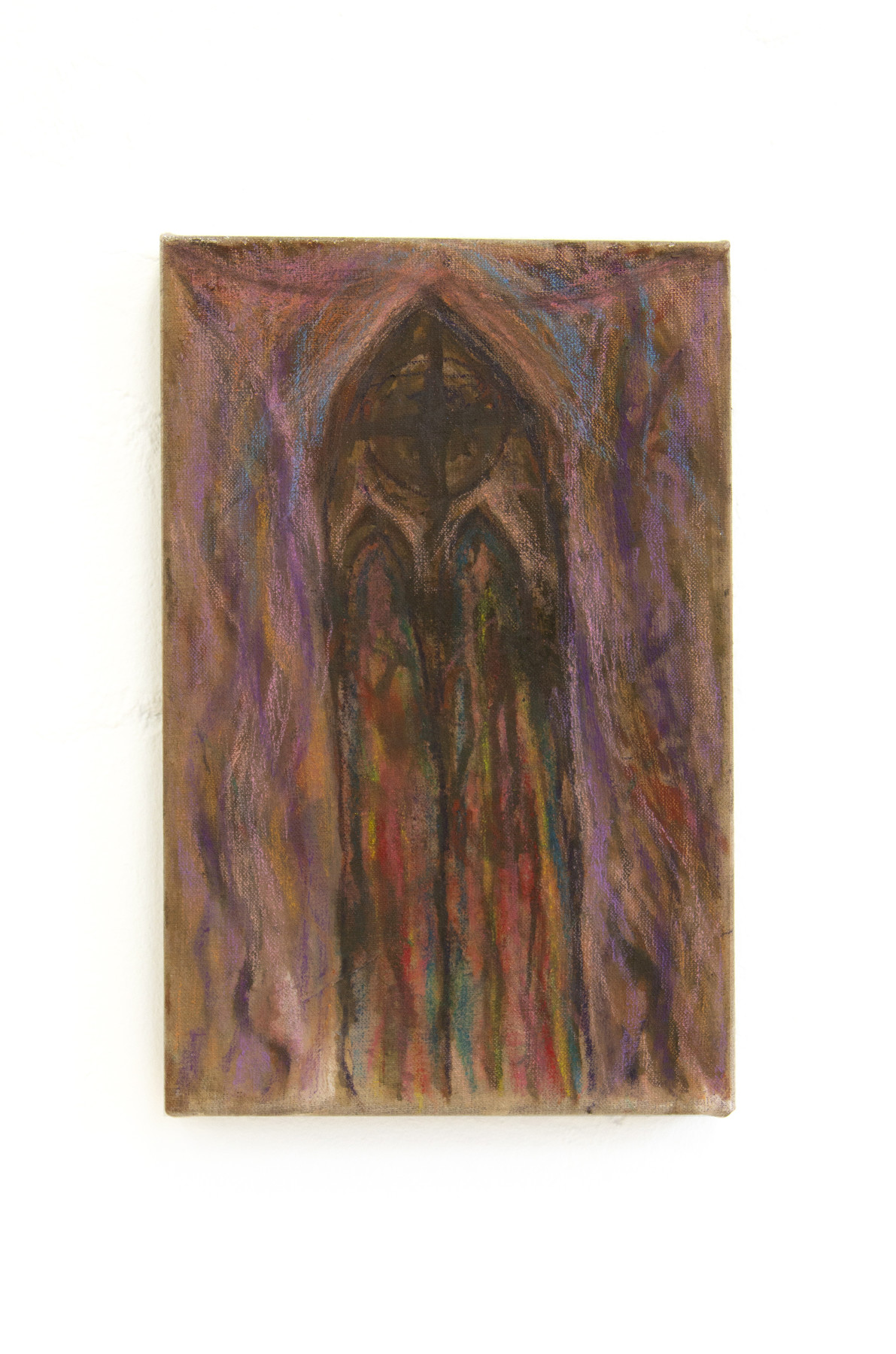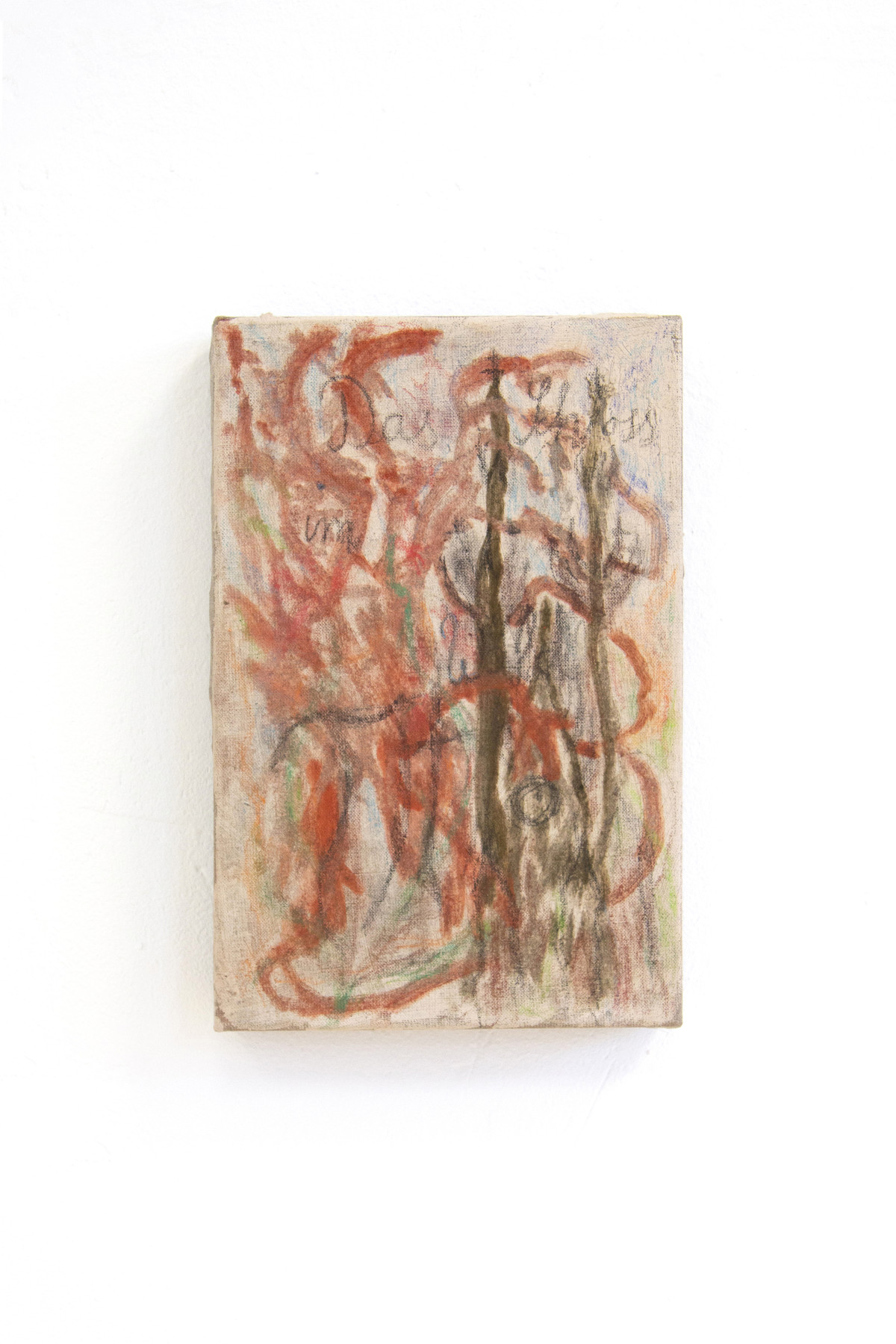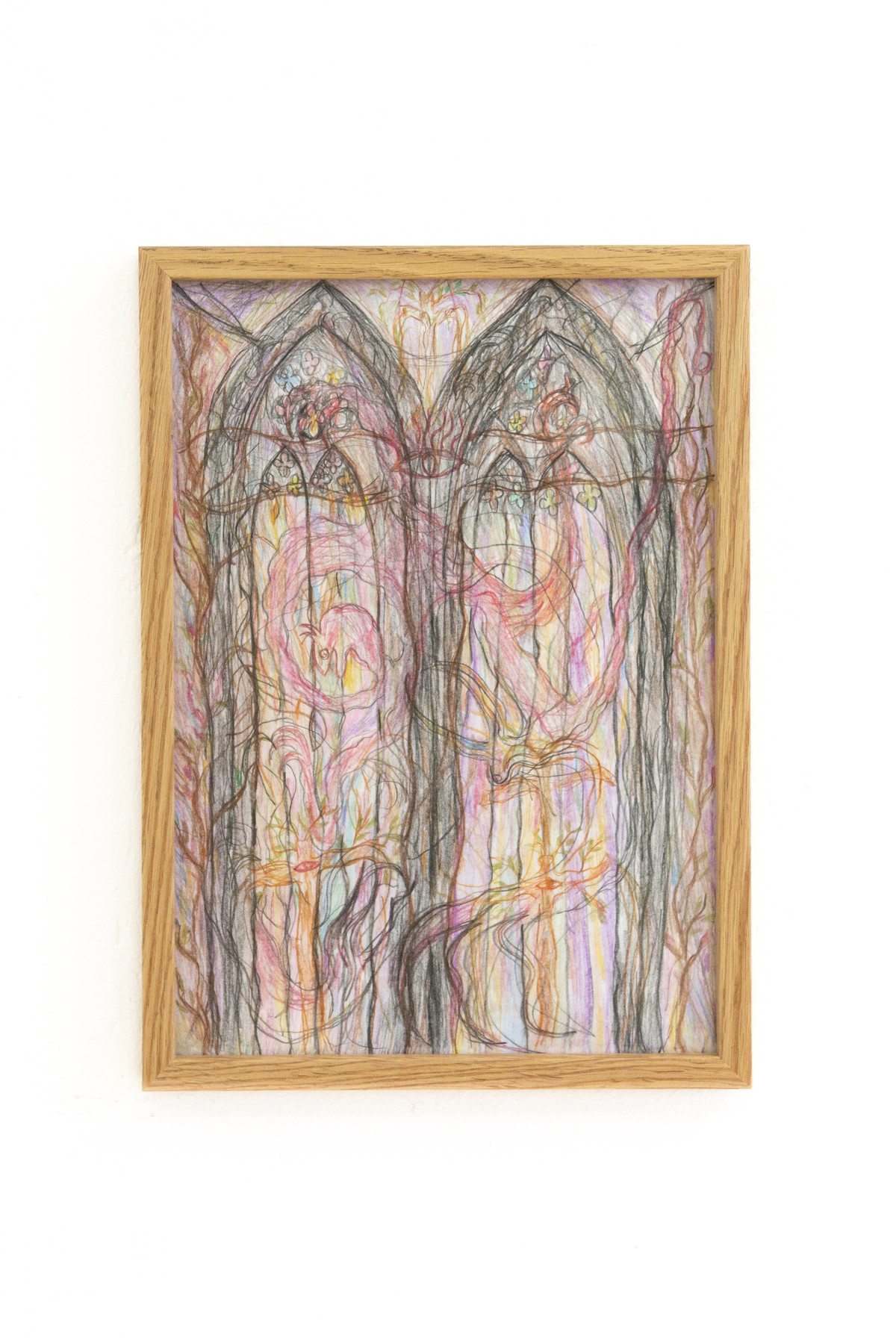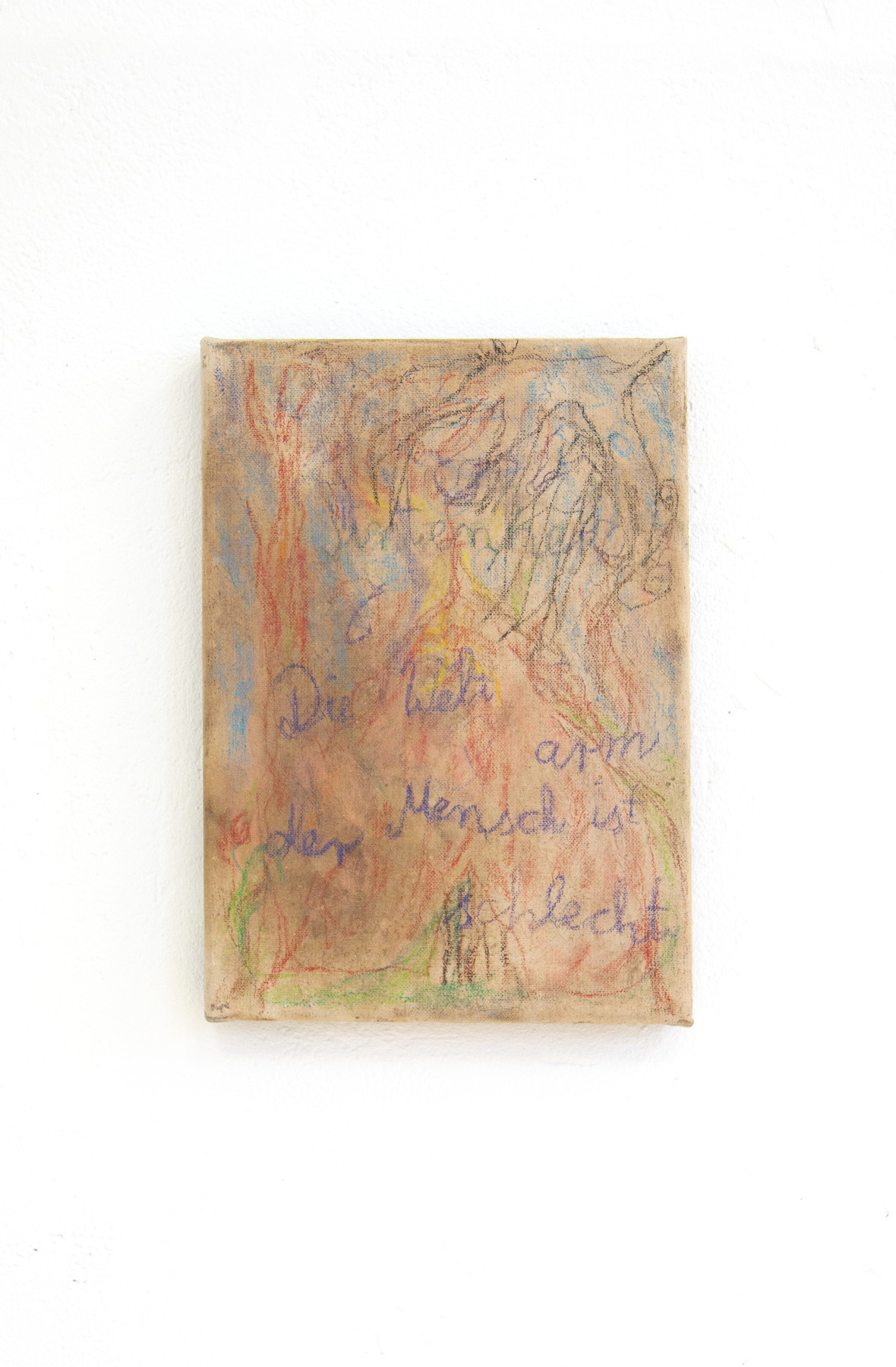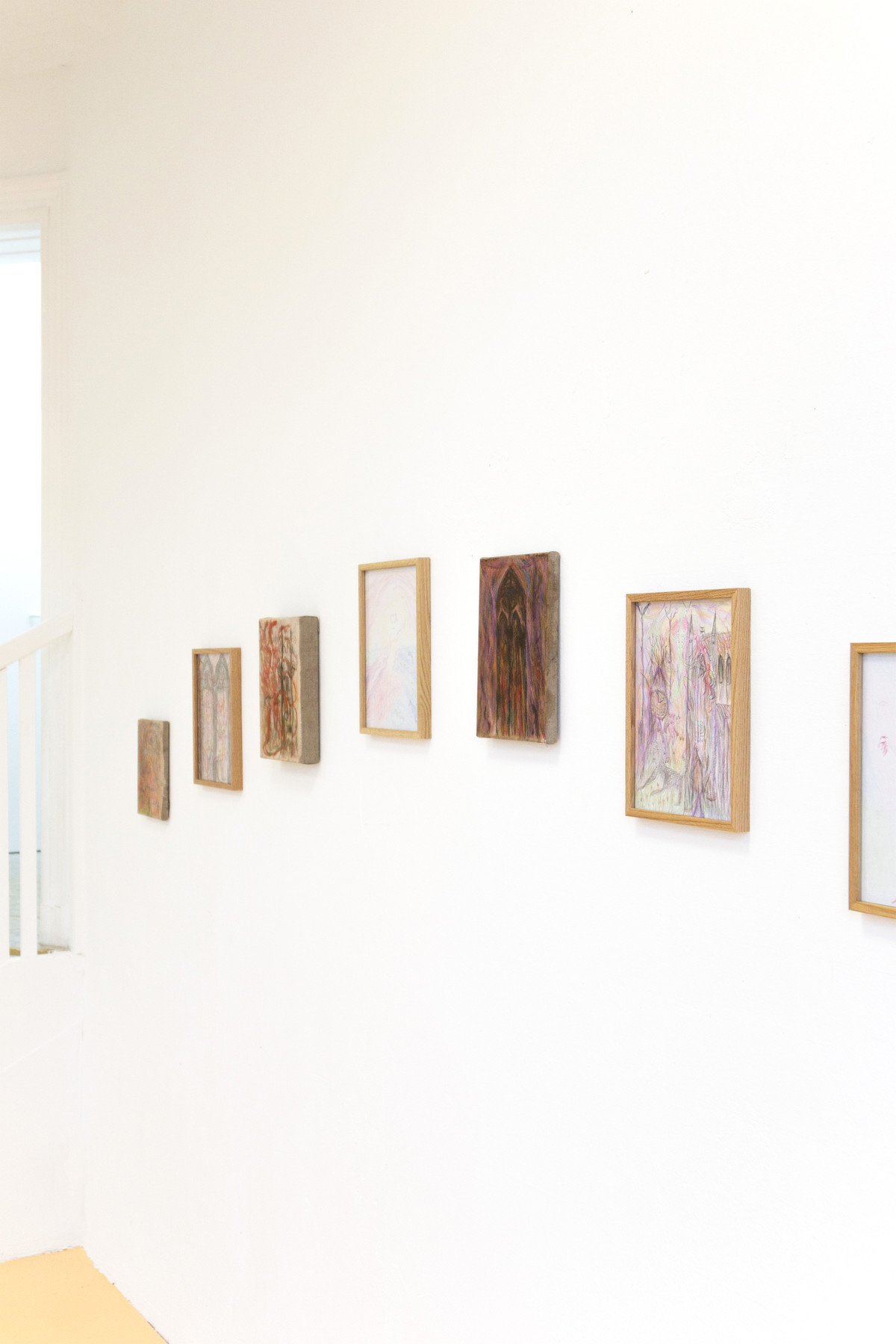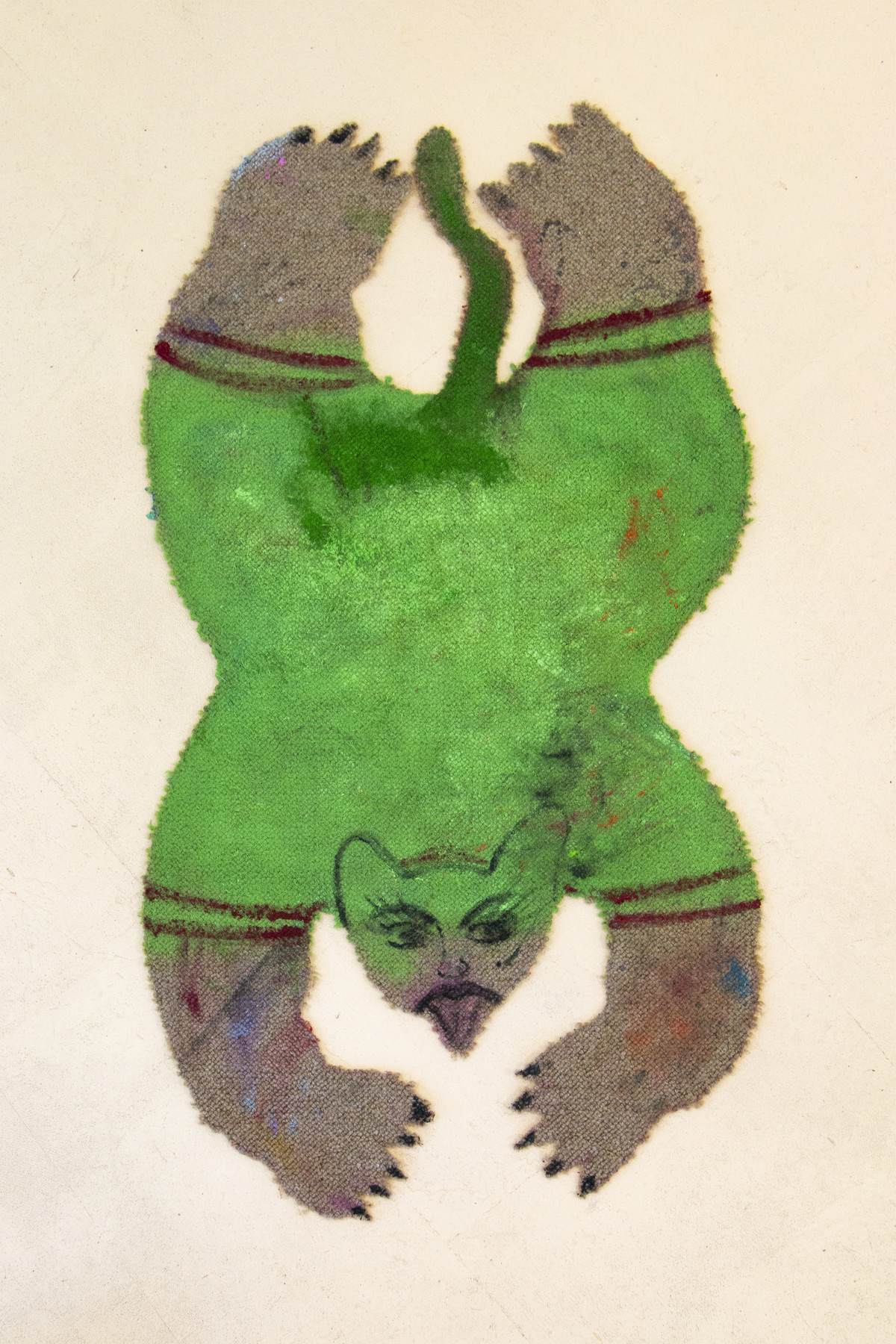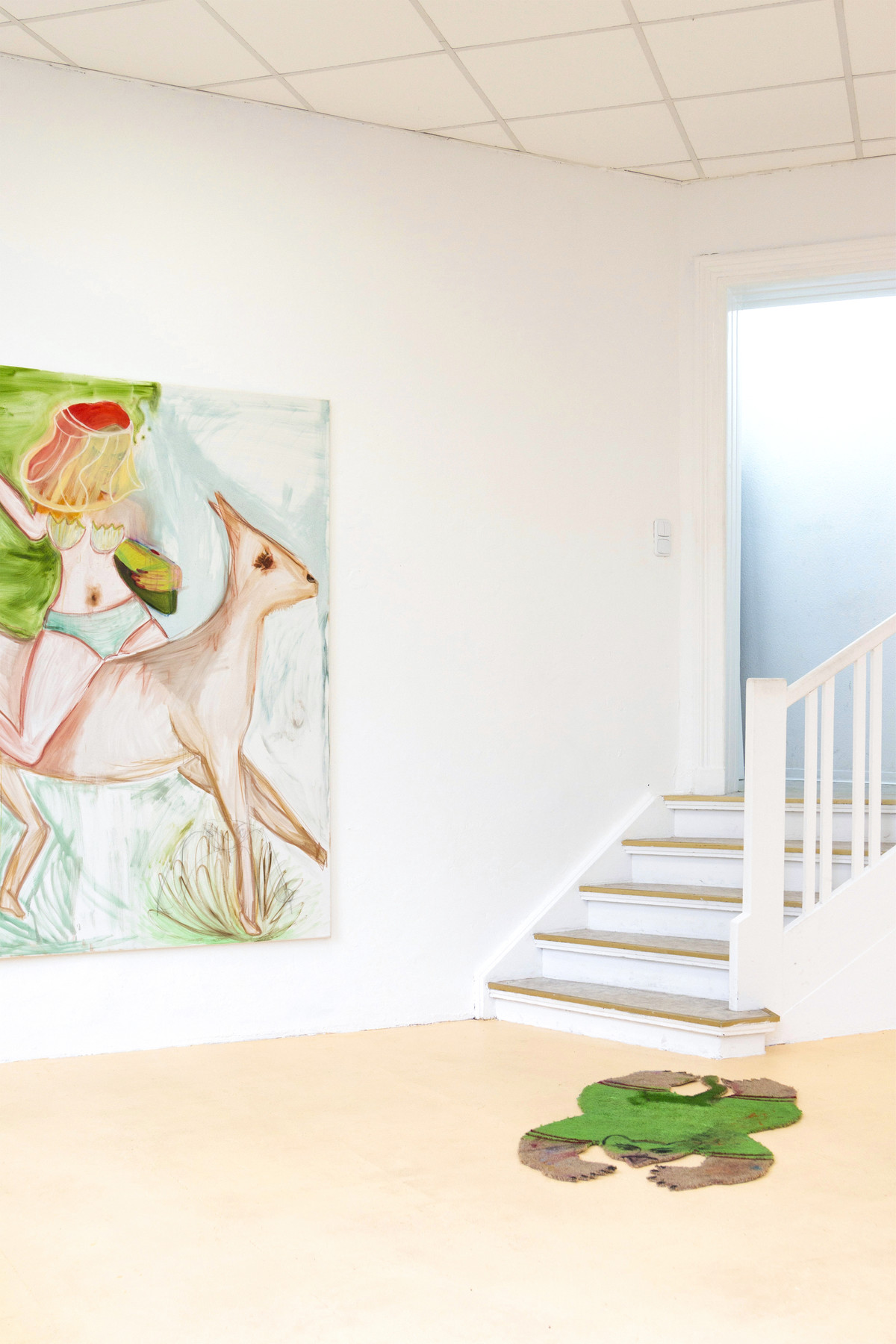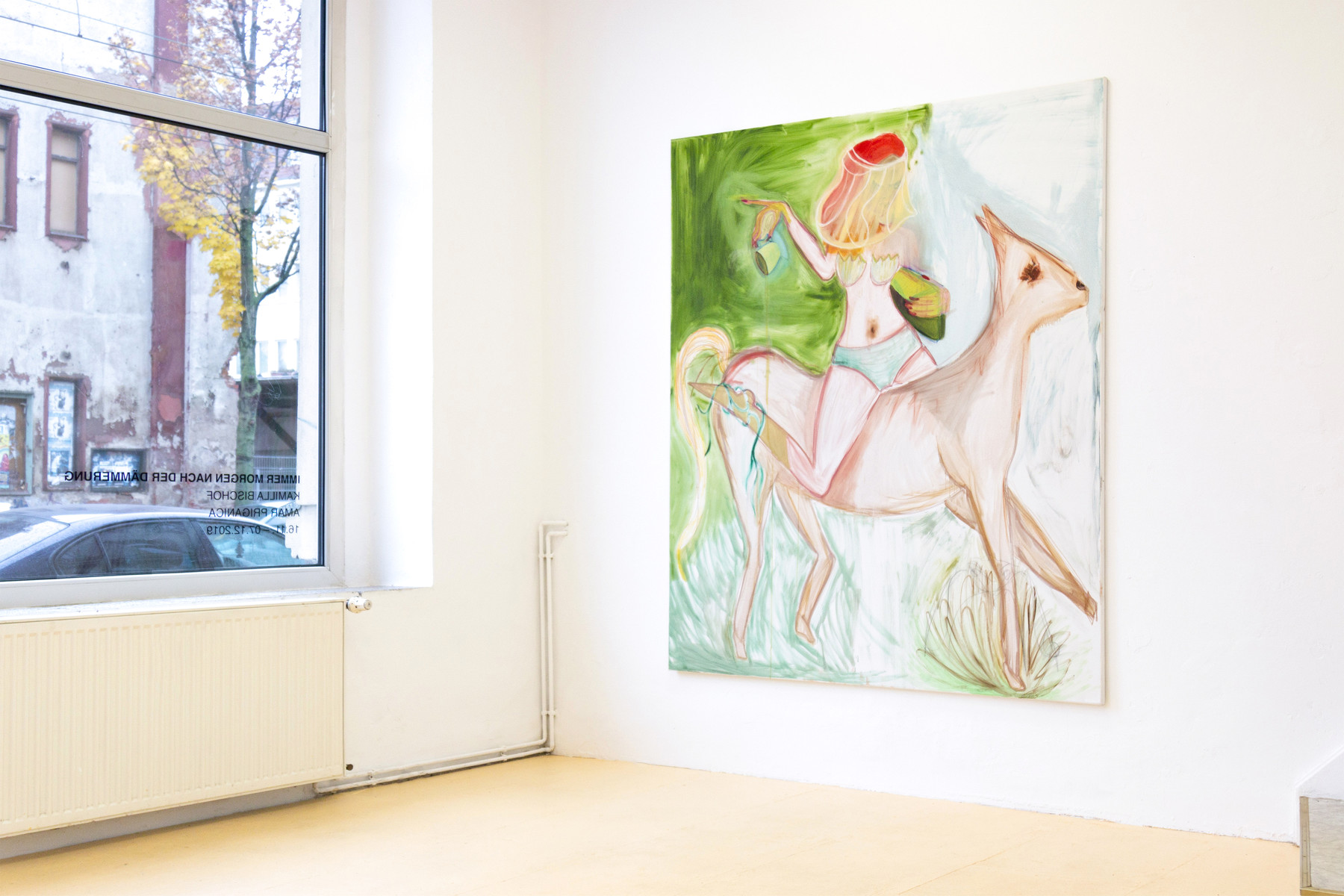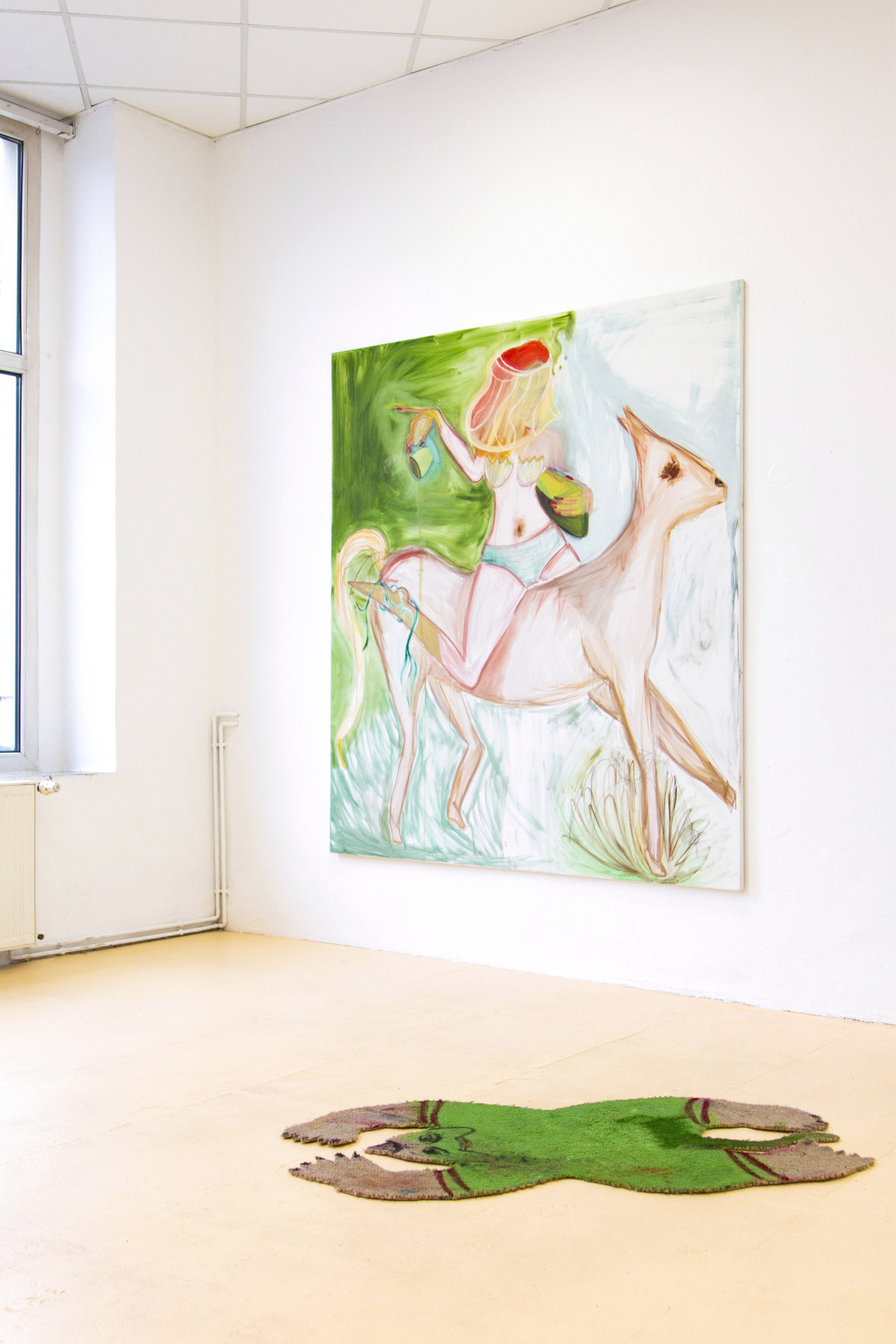IMMER MORGEN NACH DER DÄMMERUNG
Kamilla Bischof, Amar Priganica
Curated by Julius Pristauz
16.11.2019—09.12.2019
Eisenbahnstr. 141a
In der griechischen Mythologie hatte die Aufgabe der Göttin Eos immer darin bestanden, jeden Morgen den kommenden Tag anzukündigen. Das tat sie, indem Sie mit Ihrem Wagen im Osten aus dem Ozean auftauchte.
In der Ausstellung mit dem Titel Immer Morgen nach der Dämmerung werden zwei Positionen vorgestellt, welche beide mithilfe der Medien Malerei und Zeichnung in die fantastische und abstrahierte Darstellung von Mensch, Umgebung und Alltag eintauchen. Die Auswahl richtet einen Fokus auf Szenen der Nacht und des Morgens. Zu sehen sind einerseits animalische Kreaturen und Tiere, sowie Ausschnitte aus scheinbar humanem Alltag. Die Protagonisten der Bilder verschwimmen, ergänzen und lösen sich gegenseitig ab und/oder auf.
Kommentiert wird, wie eine Fortsetzung oder Erweiterung zum Inhalt der vorherigen Ausstellung, nicht nur Prozess, Wiederholung und Zyklus, sondern auch ein gewisser Rhythmus. Wie bewegen wir uns entsprechend einer Beobachtung dieses „Naturgesetzes“, welches durch fortwährende Wiederholung den Takt vorgibt? In einer Architektur unserer Vorstellung vereinen sich nicht nur die Tageszeiten sondern auch biblische Zitate mit modischen Accessoires, gotische Gebäudestrukturen mit hippem Interior.
Die Nacht wird gerne als Raum und Zeitspanne für Fantasie und Traum behandelt, als temporäres Tool für Stillstand oder auch als Mittel zur Flucht aus endlos scheinenden Kreisbewegungen. Aber was ist mit dem Morgen? Dem Schlummern, dem trüben Schwindel wenn sich ein Auge öffnet? Wer sagt, dass sie nicht gerade erst ins Bett gefallen ist?
Ihre Sterne müssen finster sein in ihrer Dämmerung; sie hoffe aufs Licht, und es komme nicht, und müsse nicht sehen die Wimpern der Morgenröte, ...
(Hiob 3:9)
English Version:
ALWAYS MORNING AFTER DAWN
In Greek Mythology, the mission of the goddess Eos was to announce the coming day every morning. She did that by emerging out of the ocean in the east with her cart.
"Always Morning after Dawn" presents two positions who – through the media aof painting and drawing – explore the abstract and at times fatastic depiction of humans, their surroundings and everyday life. The selection focuses on scenes of the night and the morning where one encounters wild creatures and animals as well as fabulous hybrids. In the motifs, protagonists blur, dissolve, detach from or compose each ohter. This time, the selected works do not only comment on processes, repetition and cycles, but also argue some kind of rhythm. How can we move with regards to witnessing a law of nature which through continuous repetition sets our pace? When dreams are being repeated as they constantly invent themselves, where do these feelings of eternal awakening manifest? Romantic, dark yet picturesque landscapes lead the visitors through the space in several steps. In an architecture of our imagination, different times of the day are as easily merged as biblical quotations and fashionable accessories, gothic architecture and edgy interior.
The night is being treated as space and time for dreams and fantasy, as a temporary tool fo stopping, as a possibility to escape seemingly never-ending circular movements. But what about the morning? The snoozing, the dull dizziness when one eye slowly opens? In a amoment where myths meet reality: Who could say that she didn't just go to bed?
Let its morning stars be dark; let it be looking for light, but may it not have any; let it not see the eyes of the dawn
(Job 3:9)
